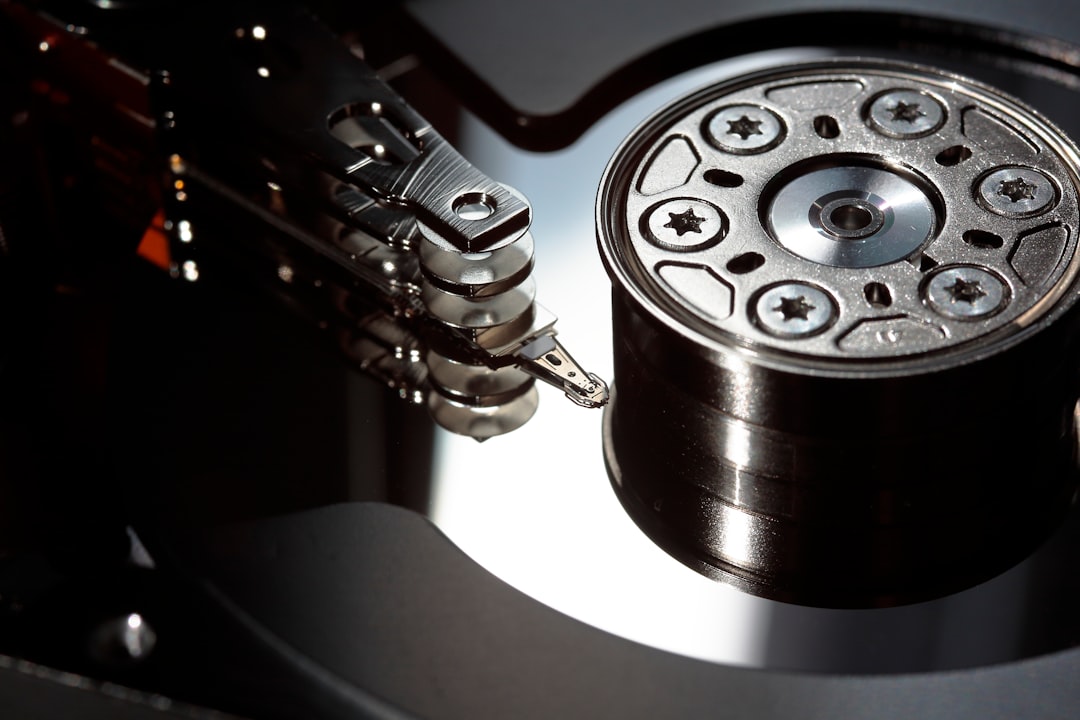When building or upgrading a computer, users often encounter situations where they need to connect more components than the power supply unit (PSU) natively supports. One common workaround is to use a SATA splitter, a device that allows multiple SATA-powered devices—like hard drives, SSDs, or optical drives—to share power from a single SATA power cable. But is it really okay to use a SATA splitter? The answer is a mix of yes, maybe, and caution.
What is a SATA Splitter?
A SATA splitter is a cable that takes one SATA power connector from your PSU and splits it into two or more connectors. This allows you to power multiple devices if you do not have enough available connectors.

There are two main types of SATA splitters:
- Passive Splitters – These simply split the power line, duplicating the same voltage and current to all connected devices.
- Active Splitters – These include built-in circuitry to regulate power more carefully and may draw extra power from an additional PSU line, like Molex.
When is it Okay to Use a SATA Splitter?
In many cases, using a SATA splitter is perfectly safe—if done correctly. Here are the scenarios where it’s generally considered okay:
- Low Power Demand: If you’re powering SSDs, which consume very little electricity, a splitter is often safe.
- Short-Term Use: During troubleshooting or data recovery, using a splitter temporarily is unlikely to cause issues.
- Quality Equipment: Reliable, well-insulated, and properly rated splitters reduce risk.
Risks of Using a SATA Splitter
While convenient, SATA splitters do come with risks. Understanding them is crucial:
- Overloading the PSU Rail: Each SATA power connector is rated for a certain load. Exceeding it can damage your PSU or components.
- Fire Hazard: Cheap or faulty splitters can overheat, especially if multiple high-draw devices are connected.
- Voltage Drop: Adding more devices can lead to insufficient power, causing system instability or damage to disks.
Important: Never power devices like high-speed HDDs or optical drives in bulk through a single line, especially if using a passive splitter.

Best Practices for Using SATA Splitters
To minimize risks, follow these guidelines:
- Use High-Quality Splitters: Invest in splitters with good insulation, reviews, and name-brand reliability.
- Know Your Power Limits: Check your PSU specs and ensure the total power draw from connected devices doesn’t exceed its rail capacity.
- Distribute Loads: Spread devices across separate PSU cables if you have multiple rails.
- Monitor Components: If you notice drives disappearing from your system or irregular behavior, reevaluate your power setup.
Alternatives to Using SATA Splitters
If SATA splitters are not ideal for your situation, consider these alternatives:
- Modular Power Supplies: These PSUs allow you to add more SATA cables as needed.
- Molex-to-SATA Adapters: Useful if you have spare Molex connectors that are not in use.
- SATA Power Hubs: More advanced devices designed to handle multiple SATA drives efficiently.
Conclusion
Using a SATA splitter can be safe, provided you understand the power needs of your components and don’t exceed your PSU’s capabilities. It’s essential to weigh the convenience against potential risks. For light usage and proper electrical load distribution, SATA splitters are a practical solution. However, always prioritize safety, use high-quality components, and consider alternatives when building complex or high-demand systems.

Frequently Asked Questions (FAQ)
- Q: Can a SATA splitter damage my hard drive?
A: If used improperly or if you overload the power line, yes, it can potentially damage hard drives or the power supply. - Q: Is it safe to power an SSD and HDD from the same splitter?
A: Generally yes, especially if using low-power devices and high-quality splitters. But always check power requirements and avoid overloading. - Q: Are SATA splitters compatible with all PSUs?
A: Most PSUs use standard SATA connectors, so splitters are widely compatible. However, fit and quality vary, so check product specs before buying. - Q: Do SATA splitters affect data transfer speed?
A: No, SATA splitters only provide power. They do not interfere with data cables or transfer speeds. - Q: Should I use an active or passive SATA splitter?
A: If using multiple high-power devices from a single source, an active splitter or powered hub is a safer choice.


